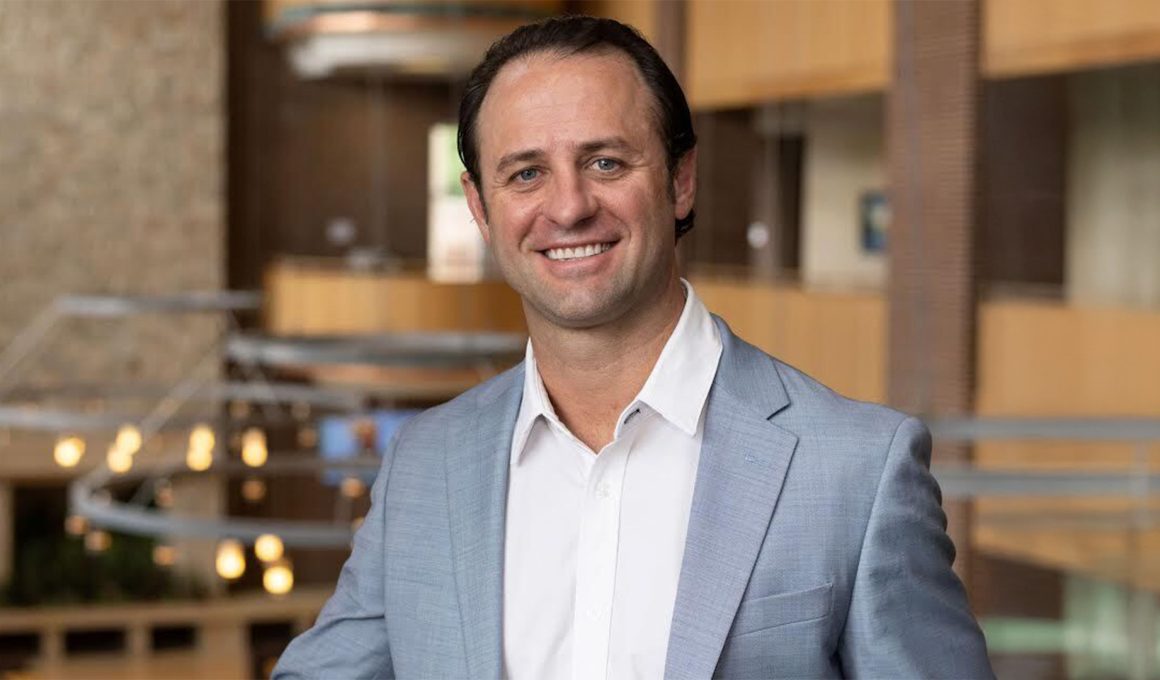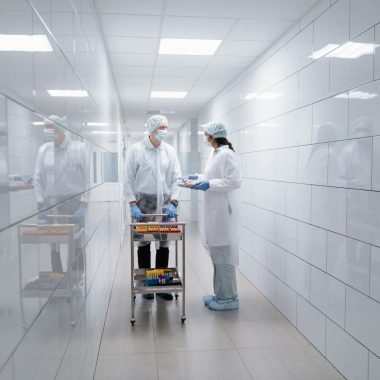The United States faces a shortfall of more than 7 million affordable homes. With only 1.4 million housing units being built annually and less than 10 percent of those classified as affordable, the gap continues to widen. Lance Thrailkill, CEO of All Metals Fabricating and co-founder of Print3D Technologies, is leveraging industrial automation and cutting-edge 3D printing to bring new efficiency and scalability to homebuilding.
“There’s no reason we should still be building houses the same way we did 100 years ago,” Thrailkill says. “In what other industry is that acceptable?” With deep roots in high-precision metal fabrication and a sharp eye for addressing inefficiencies, Thrailkill has applied his manufacturing expertise to address one of the most entrenched challenges in America: the shortage of affordable housing. And the technology he’s betting on: 3D printing, could prove to be a major disruptor in a sector in desperate need of reinvention.
Identifying a Market Gap and a Mission
Thrailkill’s foray into 3D construction began through a long-standing partnership with real estate investor Craig Pettit, who in 2021 completed two of the first 3D-printed homes in the country. Intrigued, Thrailkill saw not just the novelty but also the practical potential. “As I learned more, I saw a huge opportunity and a huge need,” he says. “Companies like Icon helped pioneer the space, but they’ve priced themselves out of truly affordable housing. That left a gap, and we stepped in to fill it.”
Print3D Technologies, pronounced “printed,” now develops and manufactures its own 3D home printers, while also using them to construct homes, particularly targeting the affordable housing segment. Their proprietary wall system offers roughly 20 percent cost savings and 30 percent time savings compared to traditional methods. That efficiency translates into faster construction of homes that more people can afford.
The Economics of 3D Printing
Traditional construction involves multiple trades, prolonged timelines, and considerable waste. Thrailkill aims to collapse that complexity. “With a 1,500-square-foot home, it’s about 30 hours of print time,” he says. “You can print the structure in a week. That removes framing, sheet rocking, masonry, and even painting in some cases.”
He adds that printed homes are built with superior durability in mind. “They’re termite-resistant, mold-resistant, fire- and wind-resistant. They hold up better and cost less.” The benefits are not just technical but human. By eliminating inefficiencies and lowering costs, Thrailkill believes the industry can finally scale up to meet the housing shortfall, which is estimated at more than 7 million units nationwide.
Addressing Skepticism and Regulatory Barriers
“The biggest thing holding us back right now isn’t the technology. It’s regulation,” he explains. “Municipalities don’t yet have a standardized way to inspect or approve 3D-printed structures. That slows everything down.” Another challenge is overcoming unrealistic expectations set by early adopters. “There’s been a lot of hype, claims about cost and speed that weren’t grounded in reality. That’s created skepticism, especially among builders and regulators. But he remains optimistic. A national building code committee is currently developing guidelines, and more jurisdictions are beginning to experiment. “Once those standards are in place, the barriers will start falling,” he says.
Scaling for Impact
Looking ahead, Thrailkill envisions a future where entire developments are printed with speed and precision. His “house in a box” concept, where everything from windows to appliances arrives in tandem with the printed structure, could redefine how housing is delivered. “Imagine 20 printers running simultaneously on a job site, each with a two-person crew. In two weeks, you’ve printed the shells of 20 homes,” he says. “With the right partnerships and infrastructure, there’s no reason we can’t build millions of homes a year.”
Beyond efficiency and cost, Thrailkill is driven by the social implications. “It breaks my heart that people are living in substandard housing, often with mold and disrepair. That affects not just physical health but mental well-being too.” With better insulation, less maintenance, and longer-lasting materials, he argues, 3D-printed homes can offer not only shelter but stability.
A Call for Innovation
To skeptics, Thrailkill offers a challenge. “How are we going to fix this using the same systems we’ve always used? We’re not saying 3D printing is the only answer, but it’s one of the most scalable, efficient solutions available.”
The scale of the housing crisis demands innovation and collaboration. Whether through 3D printing, prefabrication, or AI-driven construction methods, Thrailkill believes the industry must adapt or risk deepening an already critical shortage. “The people who are hurting the most are the ones who need these solutions the most,” he says. “This is bigger than business. It’s about creating a better future for everyone.”
To learn more about Lance Thraikill’s vision for the future of the housing industry, connect with him on LinkedIn.








